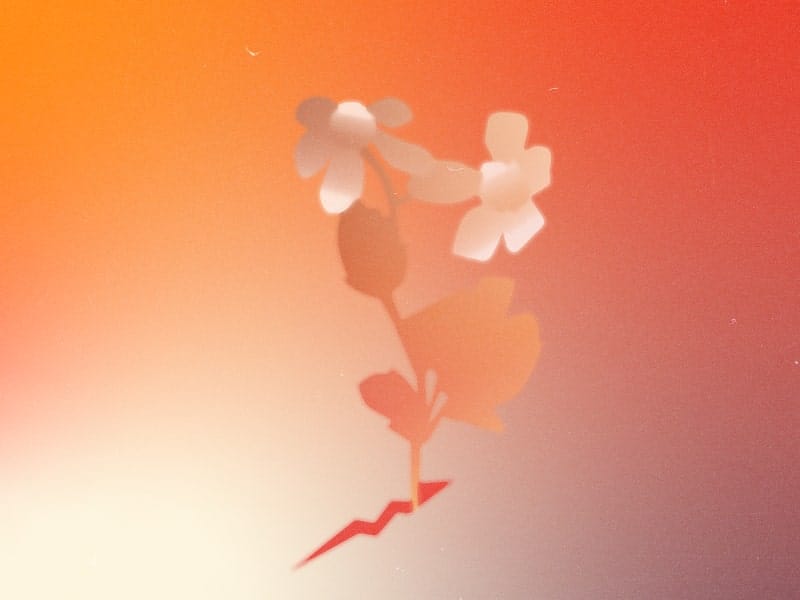Bealtaine
Bealtaine, one of the most important Wiccan and Pagan holidays, celebrates fertility, the peak of spring and the start of summer.

Bealtaine, one of the most important Wiccan and Pagan holidays, celebrates fertility, the peak of spring and the start of summer.
Nathaniel Glanzman
Reviewer page idOrigin
Bealtaine, celebrated on the first of May, was originally mentioned in a document written by Cormac, the bishop of Cashel and king of Munster, both located in Ireland. In his writing, Cormac described several Bealtaine rituals, including parading cattle between large bonfires.
Bealtaine was traditionally an agrarian festival, meant to encourage a good harvest and fertile growing season. The holiday has been celebrated in Ireland, Scotland and on the Isle of Man. Bealtaine is associated with the Gaulish sun god Belenos.
Similar to Samhain, it is believed that the veil between this world and the supernatural world is thinnest during this festival.
Traditions
Bealtaine has been celebrated in a variety of ways throughout history. But a few rituals stand out. Maypoles—poles hung with streaming ribbons around which people danced—were a large part of traditional Bealtaine. Maypole dances are one of the most common fertility rituals associated with Bealtaine.
Bonfires are also a large part of traditional Bealtaine festivities. Farmers would lead herds between the bonfires to purify them and bless them with fertility.
In the modern era, many Wiccans and Pagans continue to celebrate Bealtaine with variations on these rituals. Bonfires and maypoles are frequently part of Bealtaine festivities, even today. Participants may wear flower crowns and perform fertility rituals during this time.
Celebrants may also make up “May baskets.” These are baskets of food and other goods to be given to those in need.
What to say
“Happy Bealtaine” is the traditional greeting for this holiday.